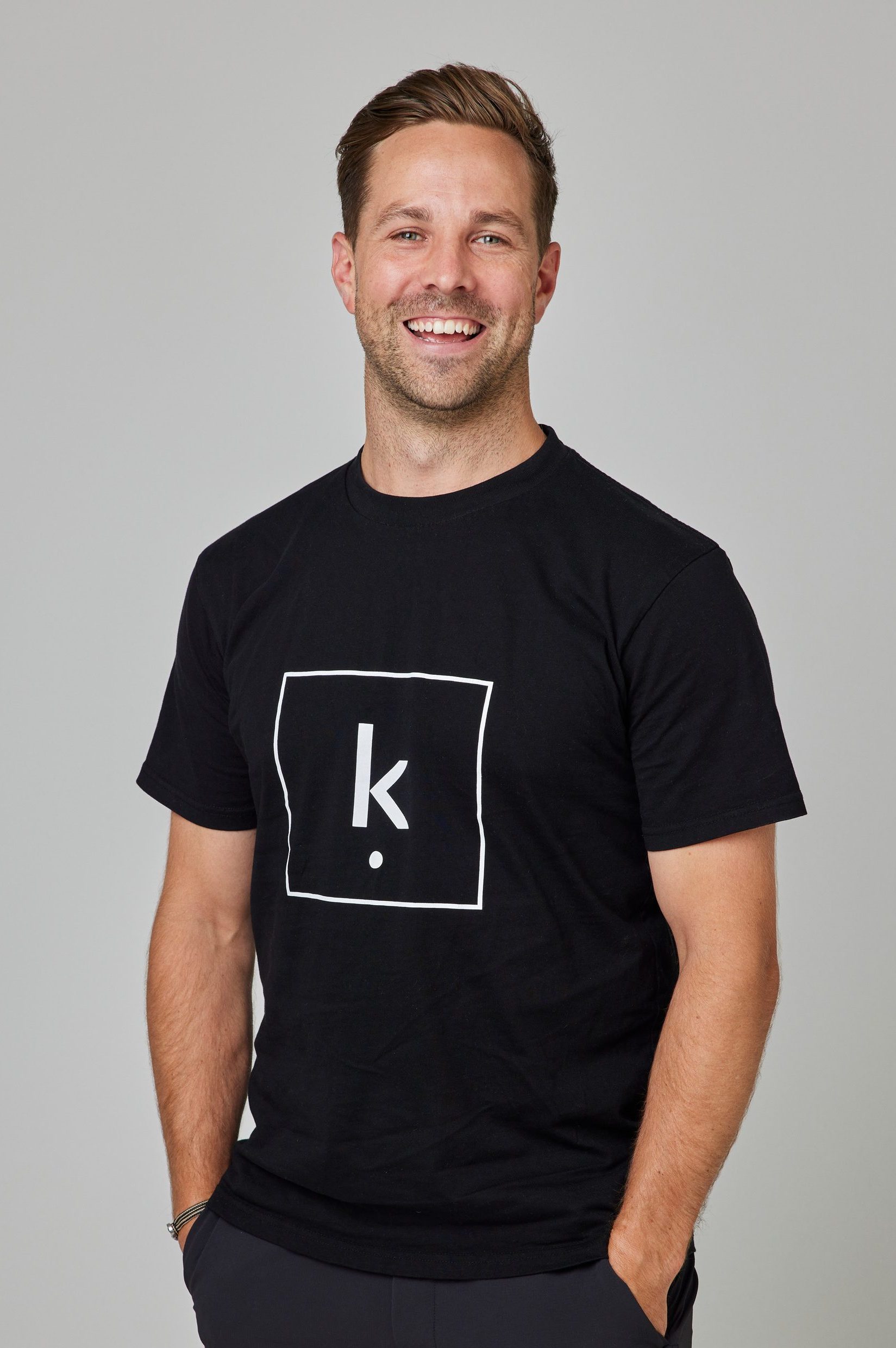What we learnt from 2020 – Part 2
February 3rdNow in part two of our musculoskeletal complaints during COVID, we will be discussing issues that arose from an increase in exercise. With gyms and other facilities being shut down during COVID, many of you had your consistent exercise regime taken away from you. So what does one do when all you can do is run or ride? You run or ride. Bike sales went through the roof and Melbourne had their running tracks invaded. This is all good and well but when taking to a new sport/exercise regime, some planning is required. When you attend a gym, a program is followed, and your progressions are either mapped out by a trainer or even by yourself. RUNNING IS NO DIFFERENT. It requires STRUCTURE and continual programming.
I won’t go over all the overuse injuries individually that presented to the clinic but I will list them so you know if you may fall under this category. If you suffered from any of the below, a spike in running/cardio volume may have been the blame for this pain:
- Low back tightness
- Shin pain
- Achilles pain
- Hamstring tightness/pain
- Foot pain
- Knee pain
- Hip pain
Only yesterday, I was sitting down with a friend and he says “Damo, now I’ve got some achilles soreness. During COVID, I started running and was loving it. Consistently doing 6km runs and really enjoying but in December I just decided one week to do 10km runs in all three of my runs. Then my achilles started hurting and it hasn’t stopped. How come?”
Now there can be a number of causes of these complaints, whether it be poor biomechanics (how you run), strength deficiencies (most likely can cause a lot of issues), poor mobility (due to our sedentary 2020, this can also be to blame) and many others. For the sake of this article I will be talking about how planning your running can save you pain but also keep you running!
Let’s use my good friend, let’s call him Bob, as an example of how his spike in running volume likely caused an achilles tendinopathy (inflammation of the achilles tendon). Bob consistently for months was running 3 times a week and running 6km each run. He was feeling great, his body was feeling good. Bob was feeling up and about and thought he could smash out a cheeky week of three 10km runs. This sudden spike in running appears to have caused his issue. But why?
So let’s break down the numbers:
- A standard week for Bob was 3 x 6km runs per week = 18km per week
- The week he decided to increase his runs was 3 x 10km = 30km in a week
- 30km compared to 18km is a 66% increase in running in just ONE week.
Now training variability does allow for some great adaptations and improvements in your fitness, but what we see with our good friend Bob is that he ran an extra 12km in one week which equates to a 66% increase in weekly running volume compared to what he was used to. Bob also isn’t a seasoned athlete or runner much like many of Melbourne that were denied access to gyms and took up running during COVID.
In elite sport, an athletes load is managed by many variables, but it is often periodised by the High Performance team using a ratio referred to as ‘Acute to Chronic Training Load Ratio’. This refers to acute (most recent week of training) compared to chronic (four weeks of training averaged out).
Dear old Bob, during his tearaway week had an acute score of 30 (3 x 10km runs), whereas his chronic score came to (3 x (3 x 6) + (3 x 10)) / 4 = 21.
This brings his acute on chronic score to 30 / 21 = 1.42
Source: https://www.myithlete.com/acute-chronic-training-load-ratio/
As you can see on the graph, Bob with a score of 1.42 was in the process of entering the danger zone which has the associated increase in injury risk, unsurprisingly Bob injured himself. Now as I said initially, this pathology can be multi-factorial in cause. Bob’s issues will not be solely isolated to his spike in running volume. His running gait may need some attention, he will probably need to get stronger in particular areas BUT there is no coincidence in the fact that his running volume spiked and he got hurt.
For all of you that developed an interest in running throughout last years lockdown period, start to consider your current loading variables and how you plan to progress. Aim to change certain variables like distance, speed, hills etc by no greater than ~10% what you are currently doing and have been doing over the short term (4 weeks). Furthermore, ensure you are implementing adequate rest and recovery periods between runs, which can vary between 0-3 days rest between sessions depending on training history.
PLEASE DON’T FORGET ABOUT SELF RELEASE, STRENGTH, A WARM UP AND WARM DOWN.
As I said, the cause of sudden and acute pain is often multi-factorial so if you are experiencing any running related injuries please feel free to come in and see one of the many amazing practitioners we have here at Kinematics. We can help with all matters regarding running including advice on training load, biomechanics, strength, de-loading, recovery and mobility/flexibility.
If you would like to increase your knowledge on running technique and biomechanics, please feel free to read up on our physiotherapist Jono’s blog regarding running biomechanics and some fantastic techniques to try improve your running gait!
If you haven’t already, you can read part one here!
By Damo Ryan
Osteopath | Kinematics Strength + Recovery
